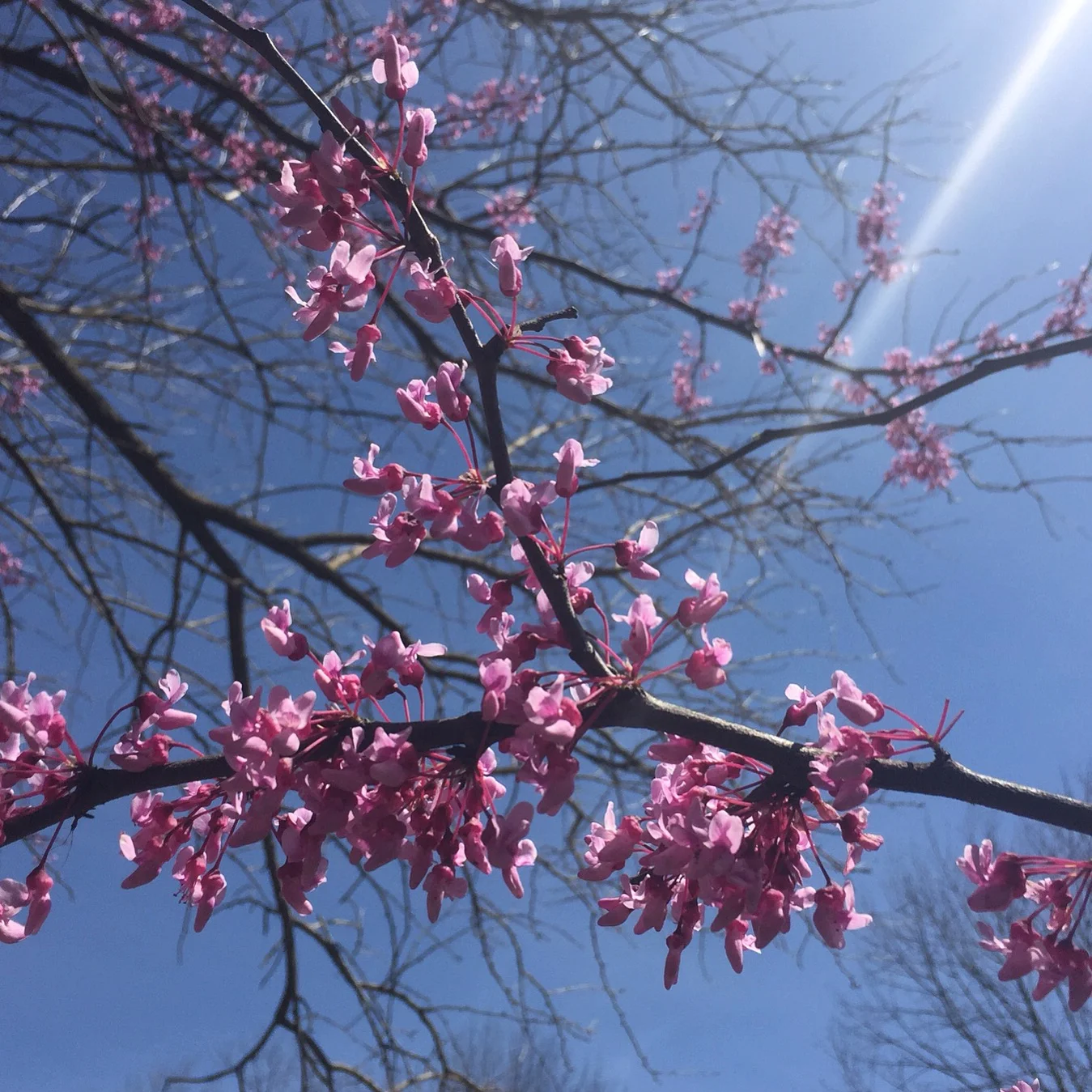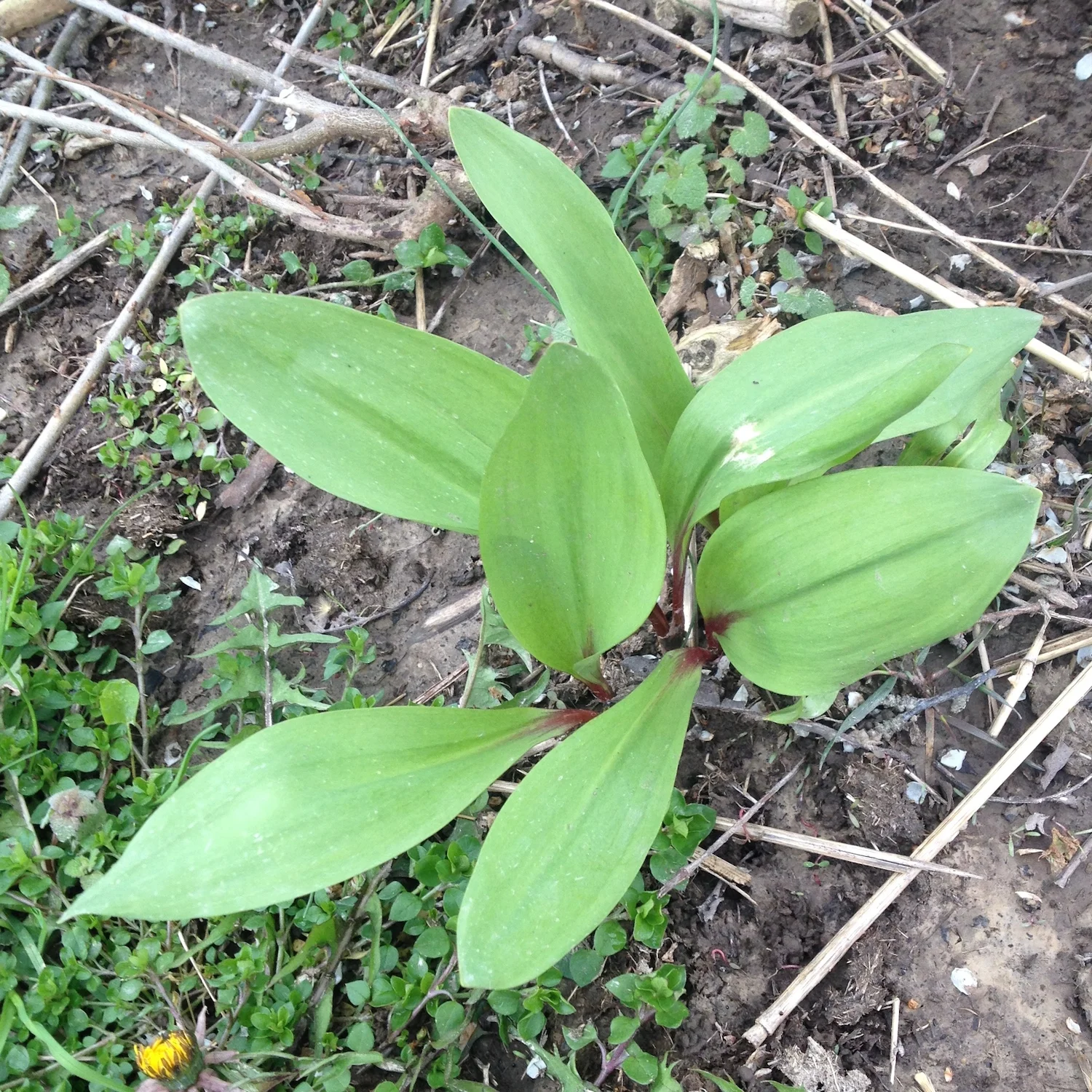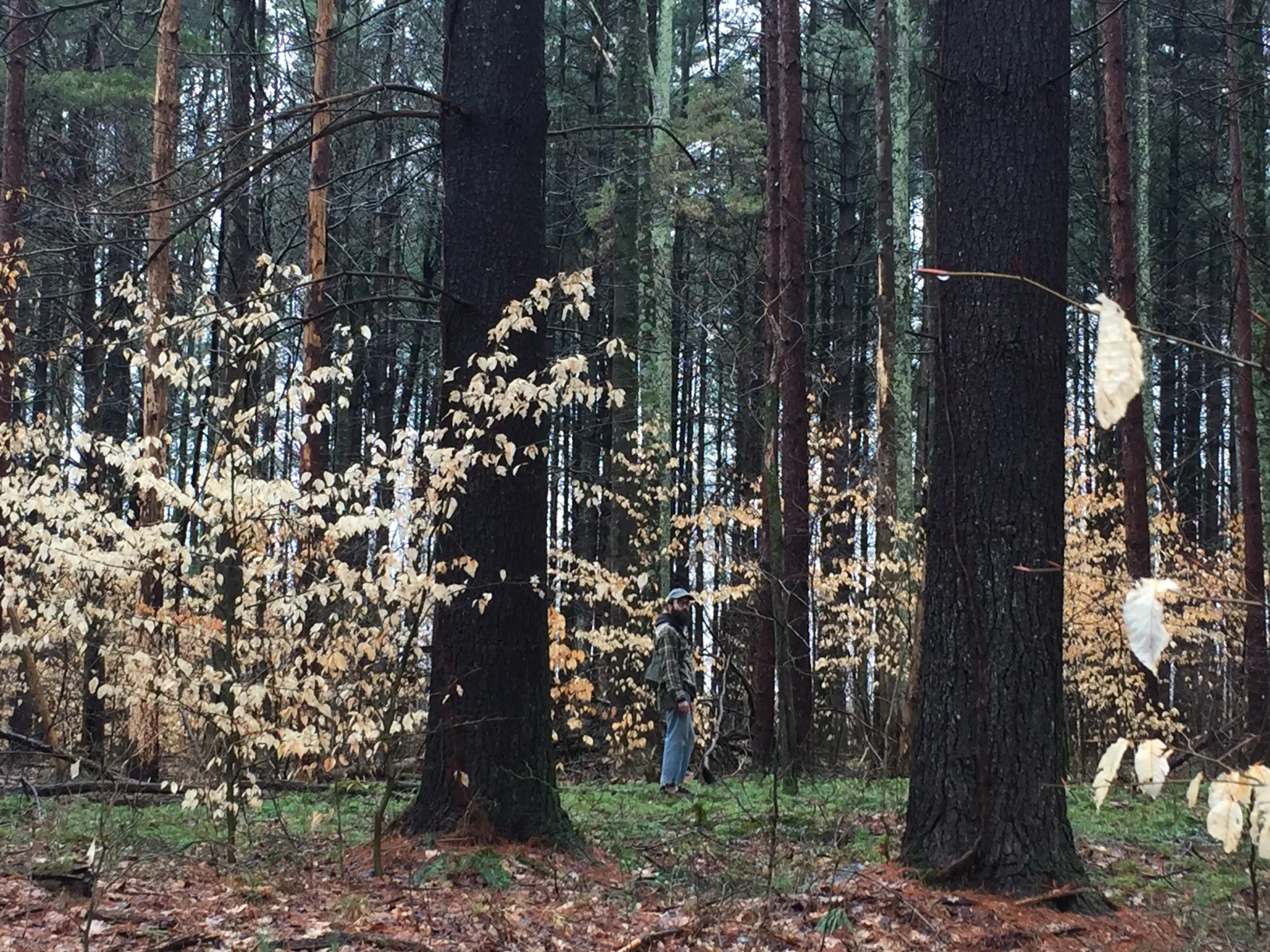Spring Foraging: Wild Edible Flowers, Greens and Shoots
You know what they say: April showers bring edible wild flowers!
...Alright, maybe I'm the only one who says that.
It's true though! With buds a-bloomin' left and right, there's no shortage of edible flowers, greens and other delectable wild foods to gather in the spring.
I already covered some of the earliest spring greens to arrive on the landscape in an earlier blog post -- click here to check that out -- but the second wave of wild foods is already here, waiting for us wherever we might look.
Most of what I'll cover here can be found all across North America (and beyond!), but of course the window of opportunity for each of these plants will vary depending on your climate.
Redbud
Flowers of the Eastern redbud tree (Cercis canadensis) are among the sweetest wild foods you'll encounter on the landscape in springtime. So sweet, in fact, that I consider them to be a worthy substitute for berries in desserts and jellies. They're also perfect for initiating wild fermentation of mead, if homemade honey wine is your thing.
They're at their sweetest just before the tender pink buds pop open, but don't sweat if you miss that very brief window of opportunity because they're still delicious for a week or two after that. Unleash your inner grazer and try munching them straight off the branch!
Redbud trees are often found along trails and woodland edges, and can be spotted from a mile away thanks to their pink-purple hue emanating from a sea of otherwise barren tree branches. They're also fairly common as ornamentals in some parts of North America.
C. canadensis is a member of the Fabaceae (Pea) family of plants, which means it produces seed pods that look similar to our cultivated snap peas. These are also edible if you catch them early enough in the season, when they are still small and tender.
Wild Violet
Once you learn that wild violets (Viola spp.) are edible, you'll never look at your lawn quite the same way again!
I probably don't have to tell you that violets grow everywhere this time of year. Both the flowers and the leaves are edible. The flowers have a mild sweetness to them, and I find the leaves to be somewhat bland but not unpleasant by any means - both make great additions to salads.
Don’t let the name “violet” confuse you: there are also white and yellow varieties to found all across North America. If you have the patience, try gathering a hefty quantity of flowers and make yourself some wild violet jelly!
Dandelion
I covered dandelion greens (Taraxacum officinale) in my last blog post on spring foraging, but it's worth drawing your attention to this unfairly maligned "weed" once more because the flowers are currently in full effect, and you owe it to yourself to dedicate some time to gathering them.
When gathering dandelion flowers, what you're really after is the yellow "fluff", and you'll want to avoid gathering the green stuff at the base of the flower if you're harvesting for sweetness. This is easy enough to do: just pinch the yellow fluff between your fingers and pull it out of the flower head. Once you've done it a few times you'll quickly get a feel for it.
What to do with your newly acquired dandelion fluff? I like to use it to initiate wild fermentation (as with redbuds and violets), and you can also make dandelion wine proper. It can also be used in homemade, soaps, salves, and lotions for its soothing medicinal properties - it's said to relieve achy muscles.
For more information on dandelions and related edible cousins, check out this profile:
Foraging for Dandelions, Wild Lettuce, and Edible Lookalikes - excerpt from Foraging North America: The Botany, Taxonomy, and Ecology of Edible Wild Plants
Want to learn more about botany, ecology, and tending the wild? Check out my online course, Foraging North America! Click here to find out more and sign up today!
Purple Dead-Nettle
Purple dead-nettles (Lamium purpureum) are not nettles proper: they're actually a member of the Mint family, which is evidenced by their square stems. ("dead" here refers to the fact that they won't sting you like Urtica dioica, the stinging nettle.)
Dead-nettle is the quintessential "weed" in conventional farm fields, and this time of year it carpets thousands upon thousands of acres like a pink-purple scab, healing over the open wound of disturbed soil before it's tilled once more and planted with genetically modified corn or soy.
It's not exactly my favorite wild food, I must admit, but that doesn't make it any less worthy of note. It is incredibly abundant, no doubt. Frankly I find it to be pretty bland, and it's also somewhat hairy and fibrous so it doesn't have the best "mouthfeel" when eaten raw. Some folks like to make pesto with it, and that's something I intend to try myself one of these days.
There is only one other plant out on the land right now that resembles purple dead-nettle - henbit - but don't stress if you mix 'em up, because they're closely related and they're both edible.
Ramps (Wild Leeks)
For many of us, wild leeks (Allium tricoccum) are a sort of "gateway drug" to the wonderful world of wild foods - they're elegant, they're ephemeral, and they're considered to be a choice gourmet food by chefs and foodies alike.
They are also very susceptible to over-harvesting, and unscrupulous commercial foragers have done serious damage to the wild populations of this plant all across the Eastern U.S. It's for that reason that I don't generally encourage people to forage for ramps.
If you do come across a large, healthy patch, exercise restraint when harvesting. The entire plant is delicious, and you need not dig up the bulb to enjoy the flavor. Taking one leaf per plant is a good compromise, but if you must feast on the bulb, you can leave behind the bottom third with roots intact and the plant will generally be able to bounce back.
Wild leeks only produce seeds after about seven years of growth, which is one reason why their populations can't keep up with our harvesting habits. If you happen to catch a patch when it has gone to seed, help them out by gathering and scattering the seed elsewhere in your neck of the woods. You can broadcast them in and around leaf litter, where they will often rest for a couple years before germinating.
For more information on wild leeks and related edible cousins, check out this profile:
How to Identify Edible Wild Onions - Field Garlic, Ramps, Leeks, and More - excerpt from Foraging North America: The Botany, Taxonomy, and Ecology of Edible Wild Plants
Cutleaf Toothwort
Cutleaf toothwort (Cardamine concatenata) is one of the first telltale signs that spring has arrived in the eastern and midwestern US. Like its cousin hairy bittercress, toothwort is member of the Brassicaceae (Mustard) plant family, making it a relative of kale, broccoli, collards, and all the rest. As a result, you might be able to guess what its leaves and flowers taste like - that peppery kick is unmistakable.
Cutleaf toothwort is a perennial spring ephemeral that springs back every year from small underground tubers. Those tubers are also a delicious food in their own right, but I prefer to just harvest the greens in small quantities and allow the plants to proliferate.
Toothwort is just one of many native plants that's being crowded out by its invasive cousin garlic mustard on the forest floor, so if you see the two growing in close proximity, the choice of which one to make a meal out of ought to be pretty obvious.
Japanese Knotweed
And speaking of invasive species... *cue Darth Vader's Theme*
Japanese knotweed (Reynoutria japonica) ranks high on the list of Most-Hated Invasive Species (see also: Japanese honeysuckle, emerald ash borer), and hey: let me be the first to say that this plant has indeed been wreaking havoc across North America ever since it was introduced by the pioneer of landscape architecture himself, Frederick Law Olmstead, in the 1880s.
Knotweed is one of the most gnarly and pernicious weedy plants that I'm aware of. It can grow up to 15 feet tall in a single growing season, and has been observed growing as much as 4 inches per day (!!!) at the height of summer. That's so fast that you could actually sit and watch it grow before your eyes.
If you find a patch on land you manage, good luck getting rid of it! Its root system is immense and inexhaustible. It will sprout from seemingly any chunk of its growth, of any size, no matter how long ago it was cut. It laughs in the face of glyphosate and other herbicides.
Elsewhere in the world... In Chinese medicine knotweed is known as Huzhang, "tiger stick," due to its powerful medicinal properties. One of its primary functions in the human body is to reduce inflammation, and it does so especially well. A tincture can be made from the roots for this purpose.
The young shoots of knotweed are a choice food, and they are quickly becoming a favorite of in-the-know chefs. To harvest, follow the old "bend test": wherever the stalk snaps off easily when bent, that's your ideal section to eat.
Older, more fibrous shoots can be eaten up to a point, before they get too woody, but you will probably want to peel them before use.
Don't let conventional sources tell you that it tastes like "especially sour rhubarb" -- that definitely doesn't do it justice. To my palette it is reminiscent of rhubarb, with a slightly sweet and sour tang (thanks to high levels of tannins) that reminds me of unripe grapes. The sky's the limit as far as how you want to use it: cook it like asparagus, substitute it for rhubarb, ferment it, pulverize it for desserts and "fruit" leather.
To be honest, I don't see any good reason to fight a losing war against invasive species like knotweed when we could instead cherish its presence as food and medicine, and keep it in check by actually working with it through the seasons. If this is what our landscape has to offer at this time, I say receive it with open arms and empty stomachs! If you can't beat 'em (and trust me, you can't), eat 'em!
Diving into the wonderful world of wild foods can be intimidating, especially if you don't have much experience working with plants.
That's why I wrote Introduction to Foraging: A Beginner's Guide to Gathering Wild Foods with Confidence.
The book was written with the absolute beginner in mind, and with the goal of getting you out into the world gathering wild foods right away.
To learn everything you need to know to begin foraging safely, sustainably, and confidently, check out my book here. Happy hunting!










